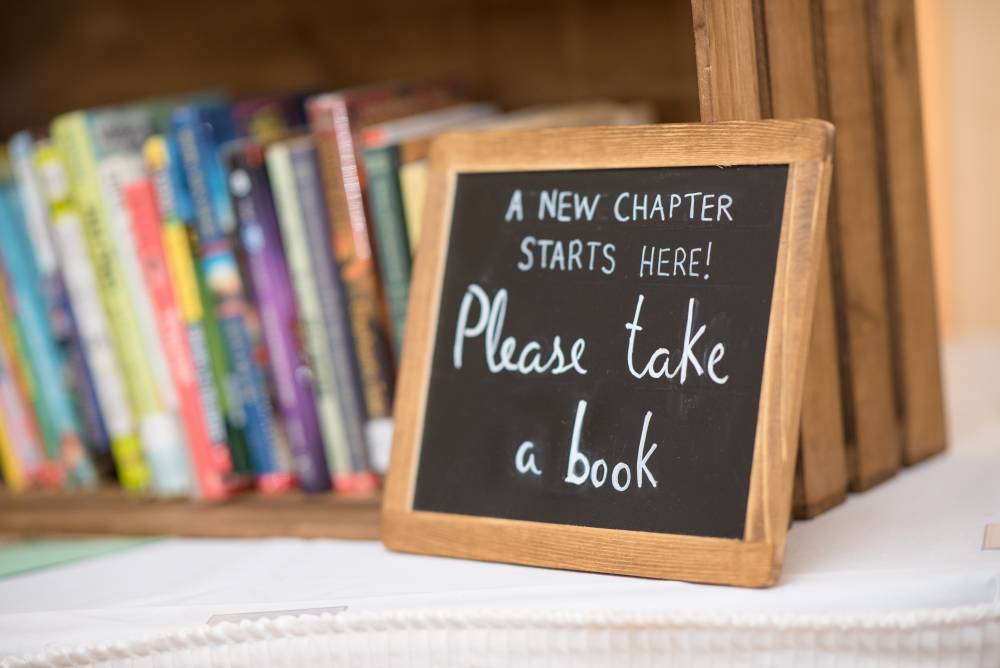What is Comprehension?
Comprehension is 'intentional thinking during which meaning is constructed through interactions between text and reader.' (Harris & Hodges,1995)
It is personal. It is active thinking.
What comprehension strategies do good readers use?
Effective readers are processing text continuously. They draw on a range of strategies and employ these simultaneously and automatically.
If we think about ourselves as good readers we can see that:
- We bring our knowledge to the text (Prior knowledge/Prediction)
- We ask questions to monitor and clarify, (Questions/Questioning)
- We think, wonder, explore, discover (Think Aloud)
- We create strong images in our minds of people, places, events, ideas, concepts (Visualising)
- We tap into the type of text we're reading to give us clues to meaning (Text Structure/Genre)
- We build on knowledge as we are reading to maintain the thread of meaning (Summarising)
How can our students tap into their own thinking as they are reading?
Metacognitive awareness (being able to think about one’s own thinking) is an important part of learning.
If students can articulate what the strategies are, and how and when to use them, they can be in control of monitoring their own comprehension. They will know when and how to adjust their own use of strategies to achieve greater understanding (Baker & Brown, 1984).
How can we teach our students to become more aware of the strategies good readers use?
- State your purposes for teaching (Clear intention for learning)
- Give clear explanations and demonstrations (Mini Lesson - showing how to be successful)
- Model thinking aloud about strategies and processes and have students practise with you (Think Aloud - showing thorugh Read Aloud/Shared Reading)
- Have students practise the strategies, as they read independently (Independent Reading)
- Encourage your students to reflect and verbalise what they are doing when reading (Reflection/share)
Several studies show that students who verbalise their strategies and thoughts while reading score significantly higher on comprehension tests.
Importance of Comprehension Instruction
Research has shown that comprehension instruction can improve the reading comprehension of all readers, even beginning readers and struggling older readers.
Instruction in comprehension can help your students to:
- Understand what they read
- Enjoy what they read
- Remember what they read
- Communicate with others about what they read
- Want to read more
“Comprehension can be improved by teaching students to use specific cognitive strategies or to reason strategically when they encounter barriers to understanding what they are reading.
Readers acquire these strategies informally to some extent, but explicit or formal instruction in the application of comprehension strategies has been shown to be highly effective in enhancing understanding. The teacher generally demonstrates such strategies for students until the students are able to carry them out independently.” (National Reading Panel, 2000)
What should Comprehension Instruction look like?
Learning to use a new strategy is effectively taught through a gradual release of responsibility model (To, With, By).
This is often referred to as the Reading Workshop.
Purpose
- Tell your students the purpose of your instruction and why you have chosen to involve them in such instruction
To
- Explain the strategy explicitly, specifically saying what it is, and how and when it should be used
- Model the strategy in authentic reading situations, saying when it is most useful or even when it is not applicable
- Think Aloud about the strategy you use as you read
With
- Use the strategy collaboratively with your students and encouraging students to do this with each other
- Encourage your students to explain to each other how they are processing the text
- Emphasise that choosing an appropriate strategy is important and that different strategies may be applied in different situations
- Guide students’ practice of the strategy in small groups and individually, gradually releasing responsibility to them
By
- Relate the use of the strategy to their own independent reading
- Provide many opportunities for students to use the strategy independently
Reflection/Share
- Make sure that your students are involved in a lot of rich dialogue about what they are reading and what they are doing to help their comprehension
Teaching Comprehension at different grade levels
All comprehension strategies need to be taught at all grade levels, with fiction and factual texts at every level.
Pearson and Duke (2002) state that comprehension instruction in K-2 is not only possible, but wise and beneficial, rather than detrimental to overall reading instruction.
“To delay this sort of powerful instruction until children have reached the intermediate grades is to deny them the very experiences that help them develop the most important of reading dispositions – the expectation that they should and can understand each and every text they read.” (p 257)
They also describe a study that shows that comprehension instruction for young students can also improve their decoding skills.
The comprehension instruction needs to continue in all grades and by teachers in many curriculum areas because the levels of difficulty and complexity of texts increases as your students’ reading develops and they are expected to read various types of texts in different subjects. This instruction needs to be sufficiently long term so that students’ comprehension processes will become automatic.
Good readers do not just use one strategy when reading; they use multiple strategies in integrated ways and know what strategy to use in a particular reading situation.
As each strategy is introduced add it to the repertoire of other strategies as soon as possible, talking about which one to use at different points in the reading and how this varies with different texts and your students’ knowledge of the topic or text type.
Do not think of comprehension as just a list of strategies but as an everyday process to help readers understand, enjoy and remember what they read, and want to read more.
Sharon
Related Teachific resources:
Comprehension Overview, Diane Snowball


